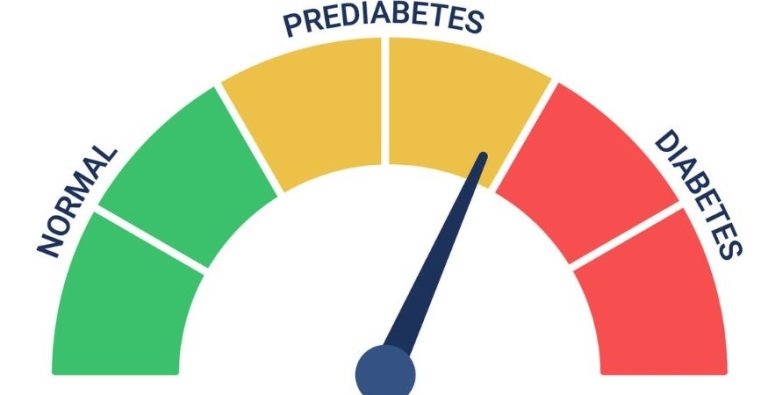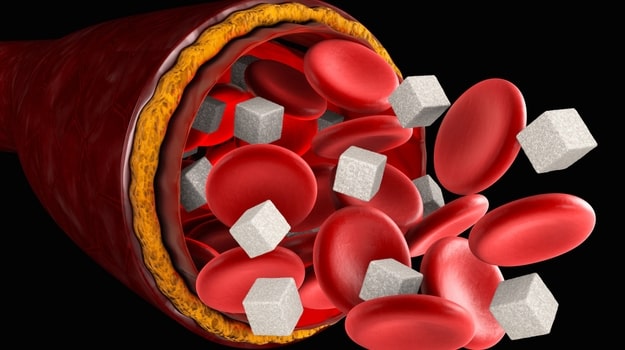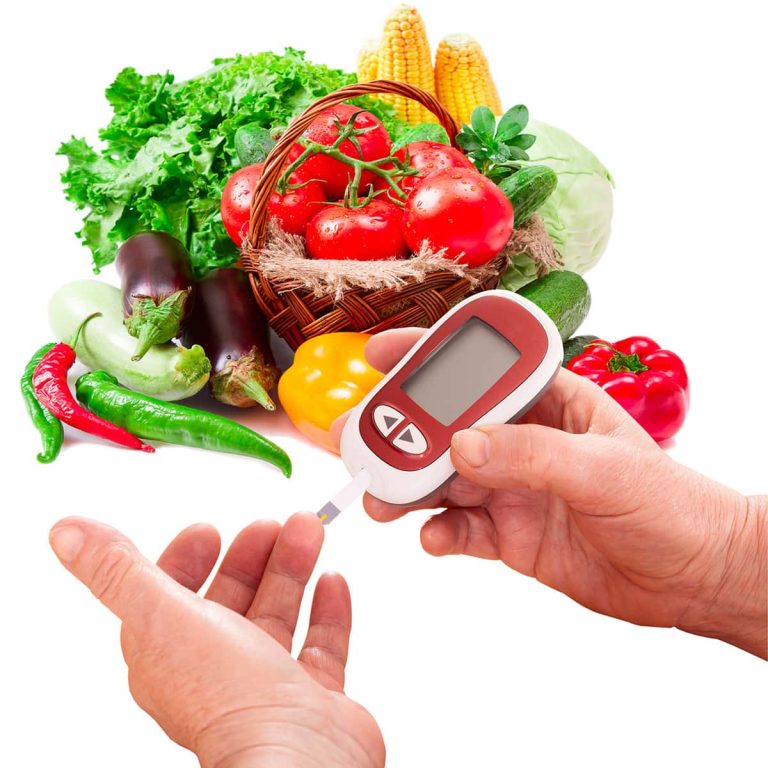Diabetic Retinopathy
Diabetes is whole-body disease, affecting everything from your brain all the way down to your toes. Common complications include Alzheimer’s and cardiovascular diseases, nerve damage (neuropathy), kidney and foot problems, and eye diseases.
Diabetes mellitus (or simply “diabetes”) is a disease characterized by chronically high blood glucose levels. The Centers for Disease Control and Prevention estimates that 30 million people have diabetes, and another 84 million have prediabetes—glucose levels that are elevated, but not high enough to be considered full-blown diabetes.
Glucose is a simple sugar that the body uses for fuel. The food you eat gets converted into glucose, which is then absorbed into the bloodstream. With the help of the hormone insulin, which is released by the pancreas, glucose enters the cells, where it provides energy necessary to function and survive.
Problems arise when the pancreas stops making enough insulin to make this process run efficiently, or when the cells stop responding to the insulin (called insulin resistance) this can result to type 2 diabetes. In either scenario, levels of glucose in the bloodstream remain elevated. When this goes on endlessly and unchecked, it eventually leads to diabetes.
There are four stages retinopathy diabetes symptoms:
Proliferative diabetic retinopathy is the most advanced stage. Due to the severe blockage of blood vessels and lack of oxygen, the body compensates by forming fragile new blood vessels in the retina. These blood vessels can leak blood into the vitreous (the gel-like fluid that fills the back of the eye), which results in the clouding of vision. Retinal detachment is also a real possibility, which can lead to blindness.
Nonproliferative retinopathy is the earliest stage, marked by small areas of blood vessel swelling.
Moderate nonproliferative retinopathy, the second level, is where the blood vessels swell and distort, sometimes losing their ability to transport blood.
Severe nonproliferative retinopathy occurs when even more blood vessels become blocked, depriving the retina of adequate blood (and therefore oxygen) supply.
Diabetic retinopathy has few, if any, signs and symptoms in the earliest stages—which is why everyday eye examinations are crucial. Eye docs who are expert at checking for and diagnosing retinopathy can function a range of checks to take a look at now not solely vision, however the fitness of each and every section of the eye.
In a function declaration launched final 12 months through the American Diabetes Association (ADA), the authors propose that human beings with kind two diabetes bear “an preliminary dilated and complete eye examination with the aid of an ophthalmologist or optometrist at the time of the diabetes diagnosis. If there is no proof of retinopathy for one or greater annual eye exams, then checks each two years can also be considered.”
In the latter ranges of retinopathy, signs and symptoms consist of adjustments in vision, “floaters,” and areas in the visible discipline that show up darkish or empty. By then, it can also be too late to totally fix vision.
The Most Common Diabetic Eye Disease
Chronically excessive blood glucose can (and regularly does) injury the tiny blood vessels in the retina—the section of the eye that detects mild and sends messages thru the optic nerve to the brain. This condition, known as retinopathy, motives blood vessels to swell and leak fluid and/or the boom of unusual new blood vessels on the floor of the retina.
Unfortunately, human beings with retinopathy additionally want to fear about the conceivable for a complication of this eye ailment known as diabetic macular edema (DME). This is in truth a buildup of fluid in the place of the retina known as the macula, which is accountable for giving us the capacity to examine and see matters straight in advance of us. DME impacts about 1/2 of retinopathy victims and is the most frequent purpose of imaginative and prescient loss in this group.
It ought to also be mentioned that diabetes will increase danger of different eye ailments such as glaucoma and cataracts. All of this underscores the want to be proactive when it comes to now not solely blood glucose control, however additionally the fitness of your eyes. Here’s how to do simply that…







